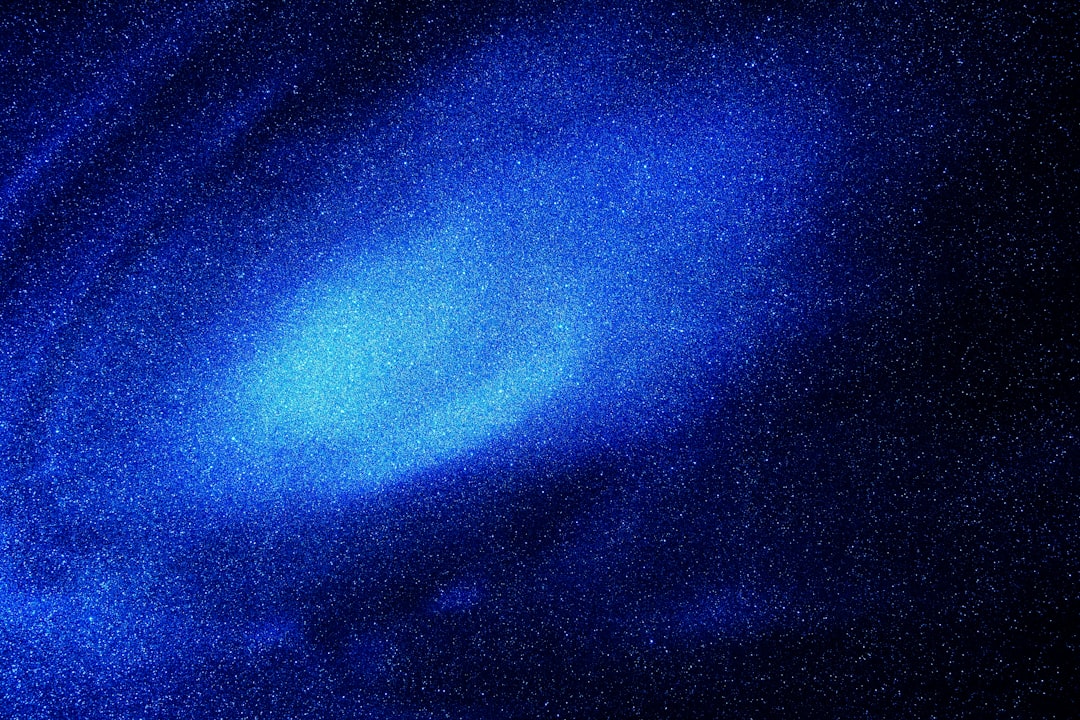Deciphering Reality A Cerebral Journey Through the Illusion of Existence
Deciphering Reality A Cerebral Journey Through the Illusion of Existence - Uncovering Cognitive Illusions - Exploring Perception's Deceptive Nature
Uncovering the deceptive nature of perception, cognitive illusions reveal the limitations of human judgment and decision-making.
Researchers like Daniel Kahneman and Amos Tversky have extensively studied these brain teasers, shedding light on how our brains misinterpret probabilities and cling to intuitions despite contradictory evidence.
Understanding these illusions can help us become more aware of our cognitive biases, aiding in fields like artificial intelligence and decision-making.
However, the study also cautions that scientists may fall victim to their own illusions, leading them to believe they understand more about the world than they actually do.
The Muller-Lyer illusion, where two lines of equal length appear to be different, was first reported in 1889 by the German physician Franz Carl Muller-Lyer, challenging the assumption that our visual perception directly reflects objective reality.
Psychologists have discovered that cognitive illusions can persist even when people are explicitly told about the deceptive nature of the stimuli, highlighting the deep-rooted nature of these perceptual biases.
The phenomenon of "change blindness," where people fail to notice significant changes in a visual scene, demonstrates the limitations of our conscious awareness and the selective nature of visual attention.
Researchers have found that cognitive illusions can influence decision-making, with people making systematically different choices when presented with logically equivalent options.
The Stroop effect, where it takes longer to name the color of a word when the word itself spells out a different color, reveals the automatic and involuntary nature of certain cognitive processes.
Neuroscientific studies have shown that specific brain regions, such as the prefrontal cortex and the parietal lobe, are involved in the detection and resolution of cognitive illusions, providing insights into the neural mechanisms underlying perceptual and decision-making processes.
Deciphering Reality A Cerebral Journey Through the Illusion of Existence - The Neuroscience of Reality - Unraveling the Brain's Interpretation
The brain's interpretation of reality is a complex process, shaped by various factors such as prior experiences, emotions, and cognitive biases.
Neuroscience research has shown that our perception of reality is not a direct reflection of the external world, but rather an active construction by the brain, which can lead to individual differences in how we experience the world around us.
Furthermore, studies have revealed that the brain's default mode network, which is active when we are not focused on external stimuli, can contribute to the construction of our reality by influencing our perception of time, space, and causality.
Neurocognitive theories, such as the Global Neuronal Workspace Theory and the Integrated Information Theory, explore the mechanisms underlying consciousness and the brain's role in shaping our subjective experiences.
Neuroimaging studies have revealed that the brain does not directly encode reality but rather constructs a subjective interpretation of it, highlighting the uniqueness of each individual's perception.
Experiments on dream interpretation suggest that different parts of the brain can override visual information, shaping a personalized reality that deviates from objective sensory input.
Neurocognitive theories, such as the Global Neuronal Workspace Theory and the Integrated Information Theory, explore the complex mechanisms underlying consciousness and the brain's role in constructing our perceived reality.
Research has shown that the brain actively categorizes both physical and abstract features, leading to the illusory construct of "social reality," which can vary significantly among individuals.
Studies have uncovered similarities in the neural encoding of vivid imaginations and real experiences, blurring the boundaries between reality and imagination in the brain.
The brain's default mode network, responsible for introspection and self-reflection, can contribute to the construction of our reality by influencing our perception of time, space, and causality.
Neuroplasticity, the brain's ability to reorganize its neural connections in response to experience and learning, can alter our perception of reality over time, underscoring the dynamic and adaptive nature of our cognitive processes.
Deciphering Reality A Cerebral Journey Through the Illusion of Existence - Philosophical Perspectives - Ancient Wisdom on the Illusion of Existence
The concept of the illusion of existence has been a subject of philosophical exploration since ancient times.
Philosophers have grappled with the relationship between reality and perception, with theories like Meinongianism suggesting that some objects lack existence.
This philosophical discourse intersects with scientific theories, such as "information realism" in contemporary physics, which posits that our perceived reality is an imperfect reflection of the ultimate reality.
The ancient Greek philosopher Plato's Allegory of the Cave is a seminal work that explores the concept of the illusion of existence, suggesting that our perception of reality is akin to shadows cast on a cave wall.
Meinongianism, a philosophical theory, asserts that existence is a non-universal first-order property, meaning that some objects may lack existence, challenging the notion of an objective reality.
The German philosopher George Orwell's philosophy touched on the concept of objective reality being denied by philosophy, highlighting the significance of the debate about whether illusions exist.
The theory of "information realism" in contemporary physics posits that the world as we perceive it is an imperfect reflection of ultimate reality, intersecting with the philosophical exploration of the illusion of existence.
Philosophers have long debated the relationship between reality and perception, with some arguing that our subjective experiences are shaped by cognitive biases and the mind's tendency to dwell in the world of ideas rather than the physical world.
The ancient Indian philosopher Shankara's concept of Advaita Vedanta, which posits the non-dual nature of reality, has influenced Eastern philosophical perspectives on the illusion of existence.
The French philosopher René Descartes' famous statement, "I think, therefore I am," has been interpreted as a recognition of the subjective nature of existence and the challenge of distinguishing between reality and illusion.
The concept of the illusion of existence has also been explored in Eastern philosophical traditions, such as Buddhism, which emphasizes the impermanence and non-self nature of all phenomena, challenging the notion of a fixed and objective reality.
Deciphering Reality A Cerebral Journey Through the Illusion of Existence - Mindfulness and Awareness - Cultivating Clarity Amidst Illusions
Mindfulness and awareness can be powerful tools in navigating the complexities of existence and deciphering the illusions that shape our perceived reality.
By cultivating present-moment focus and clarity, individuals can unlock a deeper understanding of the workings of the mind and find more effective ways to manage stress, enhance creativity, and gain purpose in life.
Neuroimaging studies have shown that regular mindfulness practice can induce structural changes in the brain, such as increased gray matter density in the hippocampus, a brain region associated with memory and emotional regulation.
Research has found that mindfulness can enhance cognitive flexibility, allowing individuals to more easily switch between different tasks and consider multiple perspectives, which can be particularly beneficial in problem-solving and decision-making.
Mindfulness has been demonstrated to improve emotional regulation by increasing activity in the prefrontal cortex, which is involved in the conscious control of emotional responses, and decreasing activity in the amygdala, the brain's emotional center.
Practicing mindfulness has been linked to increased immune function, with studies showing that it can enhance the body's ability to fight off infections and inflammation.
Mindfulness-based interventions have been found to be effective in reducing symptoms of depression and anxiety, with some studies suggesting that the effects can be comparable to those of anti-depressant medication.
The synergistic effects of mindfulness and awareness have been shown to enhance creative thinking and problem-solving, as the present-moment focus of mindfulness can complement the divergent thinking associated with mind-wandering.
Researchers have discovered that mindfulness can improve working memory and attention, which are crucial cognitive abilities for tasks such as reading comprehension, decision-making, and task-switching.
Studies have suggested that the practice of mindfulness can lead to increased self-awareness and insight, allowing individuals to better understand their own thought patterns, emotional reactions, and behavioral tendencies, which can facilitate personal growth and transformation.
Deciphering Reality A Cerebral Journey Through the Illusion of Existence - Embracing the Unknown - Embracing Uncertainty in the Quest for Truth
Embracing uncertainty and the unknown can be a transformative journey, leading to personal growth, resilience, and the discovery of new opportunities.
Many leaders and organizations have found success by embracing uncertainty, enabling them to tackle unexpected disruptions and challenges with courage and innovation.
By accepting and befriending the unknown, individuals can foster a love of learning, develop a growth mindset, and discover new paths for creativity and well-being.
Neuroplasticity, the brain's ability to adapt and grow in response to new situations, is a powerful tool in navigating uncertainty and can lead to increased cognitive flexibility.
Embracing uncertainty has been shown to improve learning, decision-making, and mental health, as well as enhance social relationships even during difficult interactions.
Many successful leaders and organizations have found that embracing uncertainty enables them to tackle unexpected disruptions and challenges with courage and innovation.
Embracing the unknown can foster a love of learning, develop a growth mindset, and lead to meaningful experiences and achievements, even during trying times.
Accepting and befriending the unknown can lead to increased resilience, mindfulness, and introspection, as individuals learn to face life's uncertainties head-on.
The phenomenon of "change blindness," where people fail to notice significant changes in a visual scene, demonstrates the limitations of our conscious awareness and the selective nature of visual attention.
Neuroscientific studies have shown that specific brain regions, such as the prefrontal cortex and the parietal lobe, are involved in the detection and resolution of cognitive illusions, providing insights into the neural mechanisms underlying perception and decision-making.
Experiments on dream interpretation suggest that different parts of the brain can override visual information, shaping a personalized reality that deviates from objective sensory input.
The Stroop effect, where it takes longer to name the color of a word when the word itself spells out a different color, reveals the automatic and involuntary nature of certain cognitive processes.
Researchers have found that cognitive illusions can influence decision-making, with people making systematically different choices when presented with logically equivalent options.

